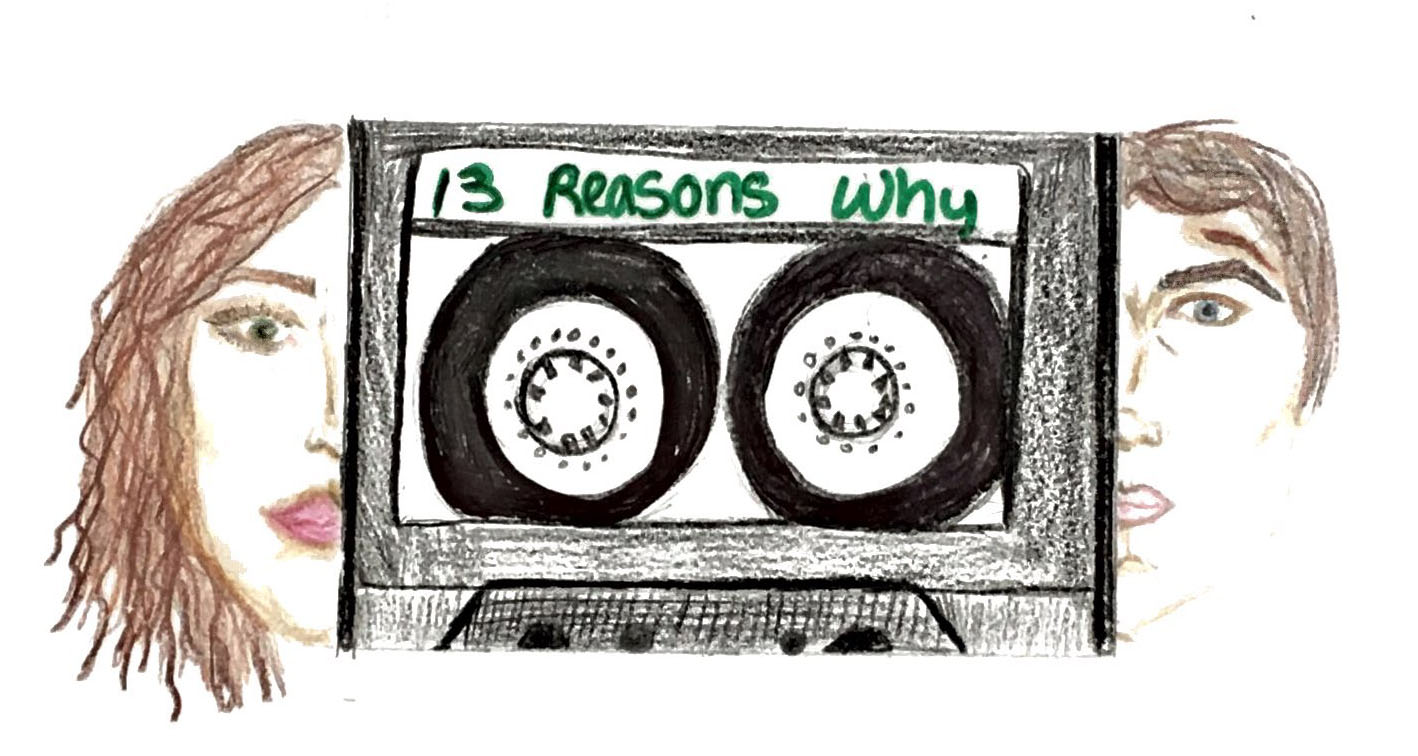“13 Reasons Why”misses mark on high school suicide reality
May 31, 2017
“13 Reasons Why” has drawn much attention from high school students in the past few months and has been in the center of many classroom discussions between students and teachers. This show, an adaption of the book by Jay Asher, centers around the thirteen tapes left behind by a fictional 17-year-old high school student named Hannah Baker after her suicide. These tapes explain how Hannah’s peers were responsible for her death.
While the show’s supposed goal is to raise awareness about teen suicide and to take preventative measures against it, it is having the opposite effect on its most important audience: teenagers.
Hannah’s death in the show is solely blamed on those who bullied her and treated her badly. In the words of one of the main characters, Clay, “we all killed Hannah Baker.” Generally, others are not the only ones responsible for someone else’s suicide. While bullying can be a factor, suicide is multifaceted, and mental health plays an important role. According to the University of Washington, 90 percent of suicide victims have diagnosable mental disorders at the time of their deaths.
The fact that Clay believes that he would have saved Hannah had he said that he loved her exemplifies the troubling narrative of the show. Love does not always solve depression, and love alone likely would not have saved Hannah’s life. Professional help, on the other hand, could have.
“The portrayal of the adults on the show, especially the guidance counselor, was not very helpful—you could see that he wasn’t totally comfortable with addressing the issue. It wasn’t encouraging viewers to go to an adult [for help],” said Teen Resource Center (TRC) counselor Judy Romero.
Most high schools, including Sequoia, have many resources for students with mental illnesses.
At the TRC, students have the opportunity to talk with counselors about their struggles. If Hannah had had access to a place like this, she might not have killed herself.
Additionally, while the show is generally aimed at high school audiences or older (it has a rating of TV-MA), it is also being watched by many younger viewers, including middle schoolers. The heavy themes in this show can pose serious problems for these young, vulnerable viewers.
The most controversial aspect of the show is the ending scene, which graphically depicts Hannah’s suicide. According to the Canadian Psychiatric Association’s position paper on media coverage of suicides, reporters are urged to avoid many aspects of reporting suicide, including “giving details of the suicide method.”
It is gratuitous and irresponsible to portray suicide the way that the show did, especially considering the young audience.
According to the Center for Disease Control, suicide is the second leading cause of death for people ages 10-24.
Despite these shortcomings, the show does have some positive aspects. For one, it emphasizes the need for high school students to treat one another with compassion and respect in their everyday lives, and to take into account what others may be going through.
It also highlights how seemingly trivial instances of objectification and misogyny can lead to much more serious acts of aggression. In the case of “13 Reasons Why,” small acts like slut-shaming and groping eventually lead to Hannah being sexually assaulted—a resoundingly accurate representation of the effects of rape culture on not only high school students, but society as a whole.







